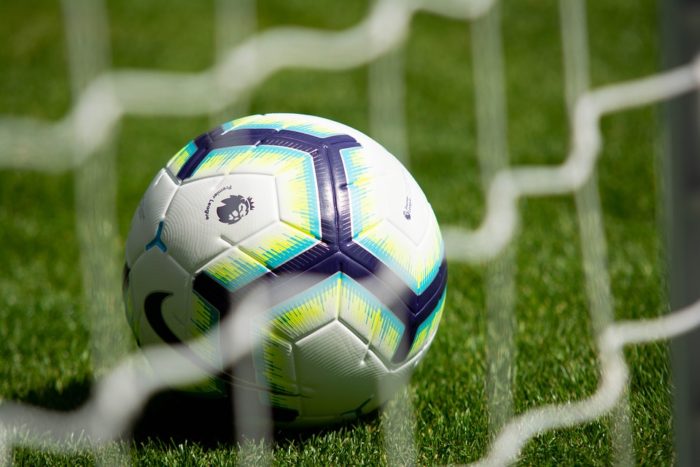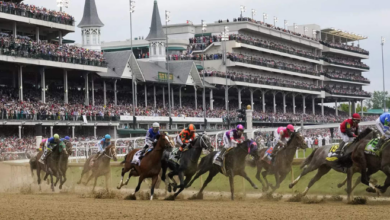
The construction of the Kiev stadium could have begun as early as in 1914, when the question of a new large arena began to be raised; but the First World War prevented. After the war, in 1922, the final plan was approved. On the site of Alekseevsky Park, the future Olympic Stadium is being built, but under the name “L. Trotsky Red Stadium”. The grand opening was held on August 12, 1923. 11 years later, Kiev becomes the capital of the USSR, and as the capital the city needed a more spacious arena. It was decided to reconstruct the “Red Stadium” aiming to increase its capacity. The architect M.I. Grechin set to work; the expansion project was to increase the capacity to 50,000 seats.
On July 12, 1942, the large arena was opened after reconstruction, in fact, it was rebuilt. There was organized a match between the Kiev club RUH and the team of the German military unit DV. After this reconstruction, it changed its name to the All-Ukrainian Stadium. Do you want more interesting publications about football? Subscribe to India Football Blog updates and get the latest posts straight to your email.
The years 1966-1967 were marked by the appearance of the second section. The reconstruction was timed to coincide with the preparations for the 50th anniversary of the October Revolution celebration. In addition to the extra section, tennis courts, indoor volleyball and handball halls were built on its territory. Buildings for Olympic sports, reporting and commentary complex were built. It began to accommodate twice as many visitors as before – 100,000 seats.
The big arena is being renamed to the “Republican Stadium”
In 1980, the arena was renamed to the Republican Stadium. Also this year, another reconstruction is being carried out in preparation for the Olympic Games 1980. Tracks and Olympic facilities were upgraded. Lighting poles installed. Seats have been renewed, with the installation of which its capacity has not changed.
With the advent of Ukraine’s independence, from 1992-1996, the Patent market existed on its territory, and the rest of the arena was borrowed by commercial structures. On May 12, 1996, the arena receives the name “Olympic” due to the state enterprise “Republican Stadium“, which received the status of a national one. In 1998-1999, in order to prepare the arena for international standards, another reconstruction takes place. Plastic individual seats appeared (there were bench seats before), which led to a reduction in capacity – 83,450 seats. A natural grass lawn was laid on the pitch and heating system was installed. By the way, if you are an avid football fan, we recommend that you visit the page of the best sports betting sites in India and choose one of the best bookmakers.
In connection with the receipt by Ukraine of the right to host the European Championship 2012, the main arena of the country has been reconstructed again. The Olympiastadion in Berlin was taken as the basis, the project of which was proposed by the German reconstruction bureau GMP von Gerkan, Marg und Partner. The highlight of the arena project was the roof of the membrane tent covering. This coating gave an additional advantage to the grass field. After the reconstruction, the distance between the stands was increased, the VIP zone and the area for commentators and media were expanded. It was also increased the number of places for people with disabilities. The lower sectors increased the slope by 15%, which contributed to a more comfortable match viewing. In 2010, such facilities as an ice rink, rehabilitation center and an indoor sports hall were removed.






